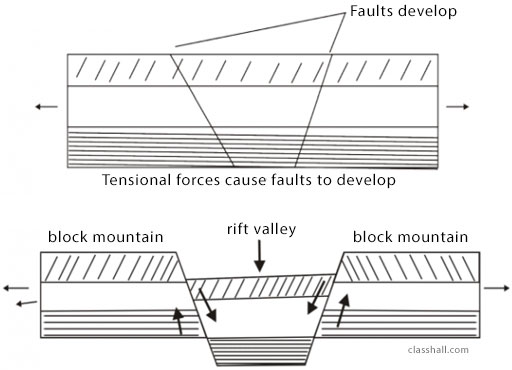LOWLANDS
CONTENT
- Meaning of Lowland
- Types of Lowlands
- Mode of Formation
- Characteristics of the Types of Lowlands
- Importance of Lowland to Man
- Disadvantages of Lowland
Meaning of Lowland
Lowland are the areas that are below 300m above the sea level. There are three types of lowland, they are:Valleys, Coastal and Plains
Types of Lowlands
1. Valleys
A valley is a low land between two highlands. A valley that contains water is called a water valley while a valley without water is called a dry valley.
Mode of Formation
Valley may form when the enclosed block in between two faults subsides or the land on the either sides of the parallel faults rises. This type of valley is called rift valley or graben.

Characteristics of Valley
- There is a trough between two parallel faults.
- It has steep-sided walls.
- It also has flat bud at times irregular floor.
You are viewing an excerpt of this lesson. Subscribing to the subject will give you access to the following:
- NEW: Download the entire term's content in MS Word document format (1-year plan only)
- The complete lesson note and evaluation questions for this topic
- The complete lessons for the subject and class (First Term, Second Term & Third Term)
- Media-rich, interactive and gamified content
- End-of-lesson objective questions with detailed explanations to force mastery of content
- Simulated termly preparatory examination questions
- Discussion boards on all lessons and subjects
- Guaranteed learning